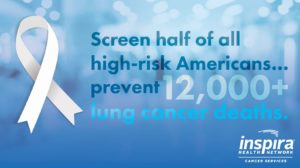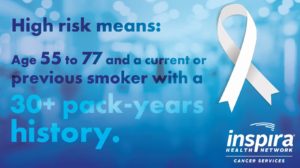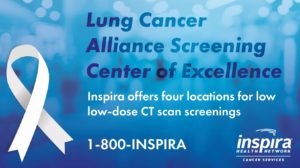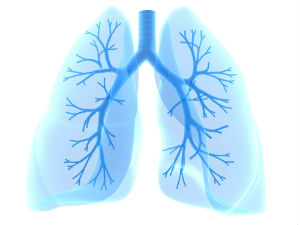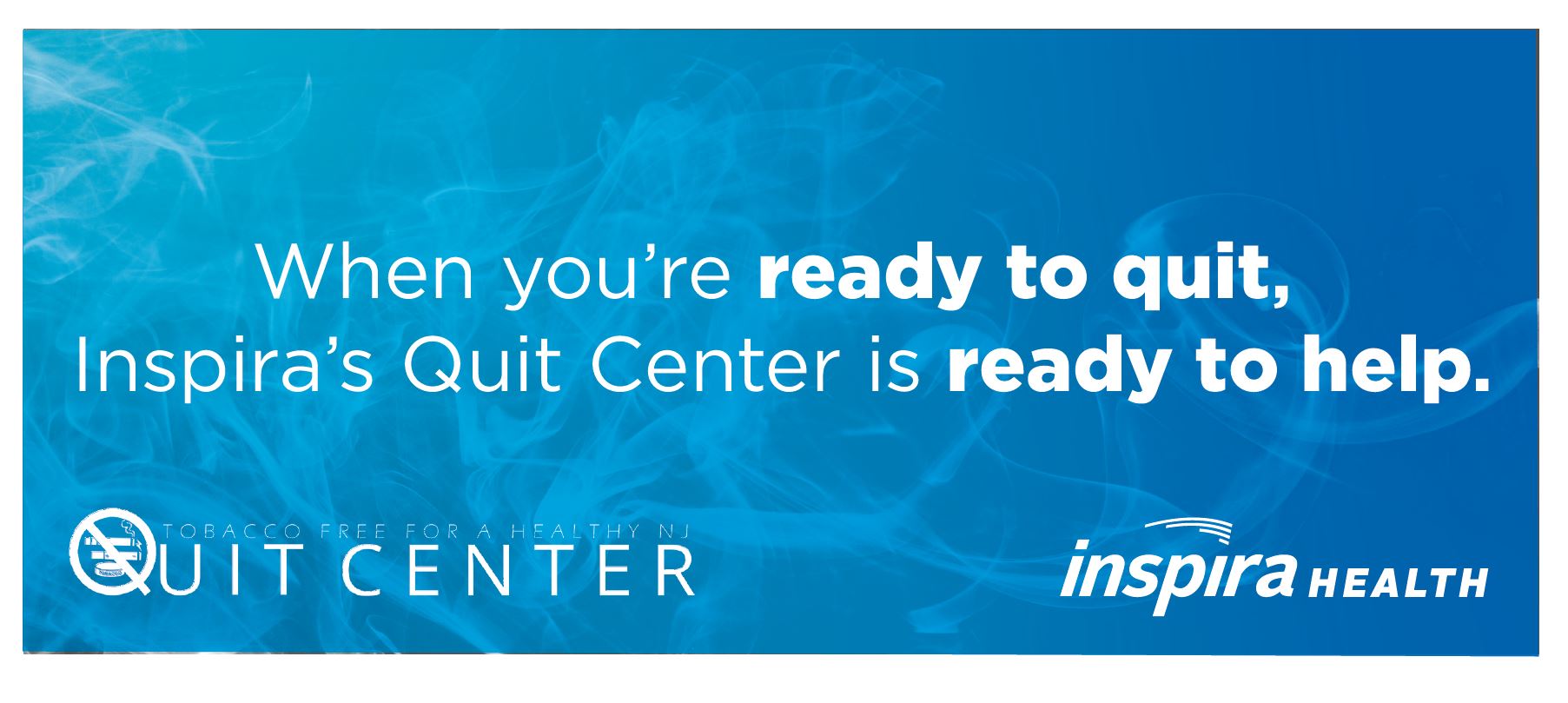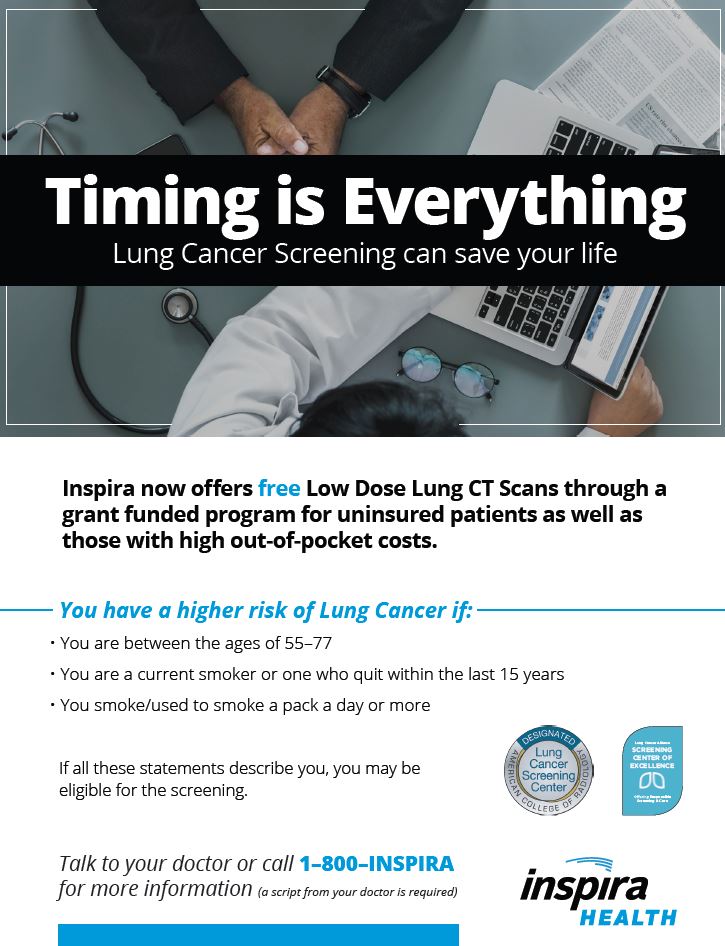The lungs are a pair of cone-shaped breathing organs inside the chest. The lungs bring oxygen into the body when breathing in and send carbon dioxide out of the body when breathing out. Each lung has sections called lobes. Two tubes called bronchi lead from the trachea (windpipe) to the lungs.
The two main types of lung cancer are non-small cell lung cancer and small cell lung cancer. The types are based on the way the cells look under a microscope. Non-small cell lung cancer is much more common than small cell lung cancer.
Tobacco smoking is the most common cause of lung cancer. Lung cancer is the leading cause of death from cancer in the U.S. and the number of deaths from lung cancer in women is increasing. About 14% of all new cancers are lung cancers.
The American Cancer Society’s estimates for lung cancer in the United States for 2016 are:
-
About 224,390 new cases of lung cancer (117,920 in men and 106,470 in women)
-
About158,080 deaths from lung cancer (85,920 in men and 72,160 in women)
Lifetime chance of getting lung cancer
Overall, the chance that a man will develop lung cancer in his lifetime is about 1 in 14; for a woman, the risk is about 1 in 17. These numbers include both smokers and non-smokers. For smokers the risk is much higher, while for non-smokers the risk is lower.
Black men are about 20% more likely to develop lung cancer than white men. The rate is about 10% lower in black women than in white women. Both black and white women have lower rates than men, but the gap is closing. The lung cancer rate has been dropping among men over the past few decades, but only for about the last decade in women.
Statistics on survival in people with lung cancer vary depending on the stage (extent) of the cancer when it is diagnosed. For survival statistics based on the stage of the cancer, see “Non-small cell lung cancer survival rates by stage.”
Despite the very serious prognosis (outlook) of lung cancer, some people with earlier stage cancers are cured. More than 430,000 people alive today have been diagnosed with lung cancer at some point.
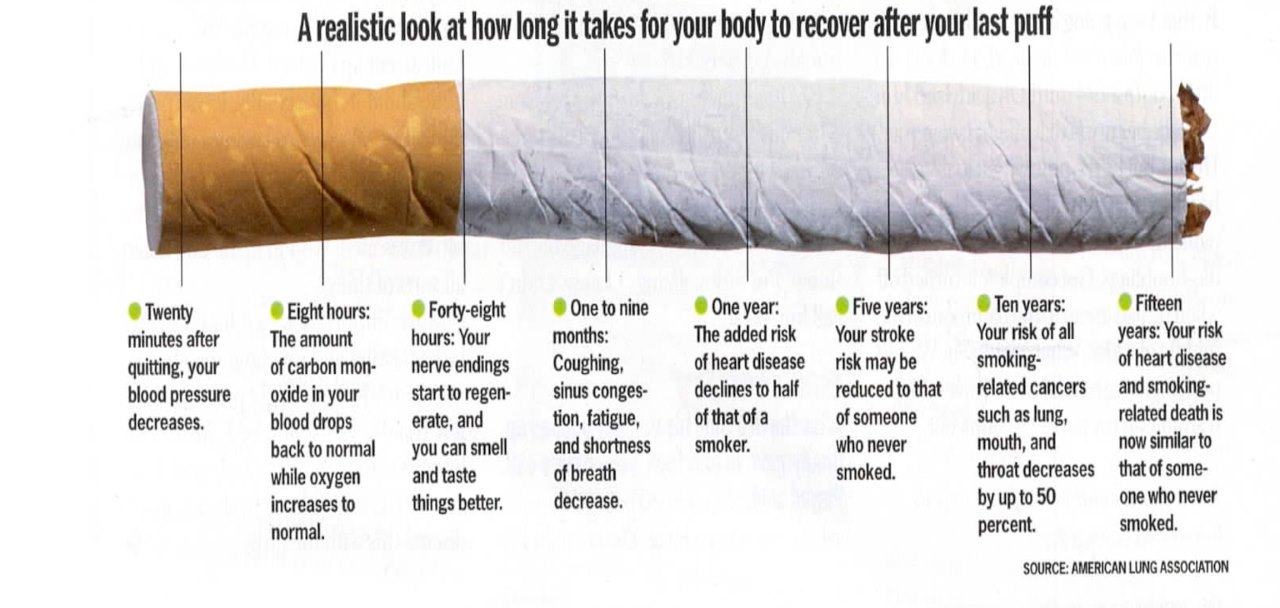
Can lung cancer be prevented?
Not all lung cancers can be prevented. But there are things you can do that might lower your risk, such as changing the risk factors that you can control.
Stay away from tobacco
The best way to reduce your risk of lung cancer is not to smoke and to avoid breathing in other people’s smoke.
If you stop smoking before a cancer develops, your damaged lung tissue gradually starts to repair itself. No matter what your age or how long you’ve smoked, quitting may lower your risk of lung cancer and help you live longer. If you would like help quitting smoking, see our document Guide to Quitting Smoking or call the Inspira Quit Center at 856-641-8633.
Limiting your exposure to secondhand smoke might also help lower your risk of lung cancer, as well as some other cancers. For more information, see Secondhand Smoke.
Avoid radon
Radon is an important cause of lung cancer. You can reduce your exposure to radon by having your home tested and treated, if needed. For more information, see Radon and Cancer.
Avoid or limit exposure to cancer-causing chemicals
Avoiding exposure to known cancer-causing chemicals, in the workplace and elsewhere, may also be helpful. When people work where these exposures are common, they should be kept to a minimum.
Eat a healthy diet
A healthy diet with lots of fruits and vegetables may also help reduce your risk of lung cancer. Some evidence suggests that a diet high in fruits and vegetables may help protect against lung cancer in both smokers and non-smokers. But any positive effect of fruits and vegetables on lung cancer risk would be much less than the increased risk from smoking.
Attempts to reduce the risk of lung cancer in current or former smokers by giving them high doses of vitamins or vitamin-like drugs have not been successful so far. In fact, some studies have found that supplements of beta-carotene, a nutrient related to vitamin A, appears to increase the rate of lung cancer in these people.
Some people who get lung cancer do not have any clear risk factors. Although we know how to prevent most lung cancers, at this time we don’t know how to prevent all of them.
If you think you may be at risk for lung cancer, please take advantage of Inspira Health’s low-dose CT lung cancer screening.
You can find more information here, or call 1-800-INSPIRA today!
Information provided by the National Institutes of Health and the American Cancer Society
